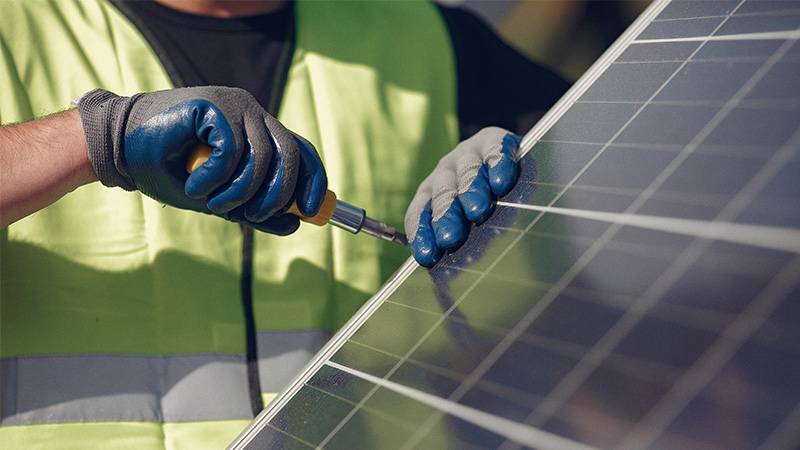In a significant policy shift, the Federal Emergency Management Agency (FEMA) has announced a new initiative aimed at bolstering community resilience against natural disasters. The agency will now reimburse local governments for installing solar panels and energy-efficient appliances, marking a proactive step in disaster preparedness and climate change mitigation.The program, driven by the alarming rise in climate-related disasters, reflects a strategic pivot in FEMA’s approach to community rebuilding post-catastrophe. The United States, which saw an average of 3.3 billion-dollar disasters annually during the 1980s, has experienced a stark increase to an average of 20.4 such events per year since 2019. FEMA Administrator Deanne Criswell highlighted the need for this shift, noting the growing severity of extreme weather events driven by climate change.
 “As the increase of extreme weather hazards become more severe due to climate change, we need to adapt the way we are helping communities rebuild post-disaster,” FEMA administrator Deanne Criswell said in a press release.
“As the increase of extreme weather hazards become more severe due to climate change, we need to adapt the way we are helping communities rebuild post-disaster,” FEMA administrator Deanne Criswell said in a press release.
According to The Verge, this initiative marks FEMA’s first investment in “net-zero energy projects” through its Public Assistance program, primarily funded by the Inflation Reduction Act. Historically, this program has covered costs related to emergency measures, debris removal, and public infrastructure rebuilding. However, eligible recovery efforts will now include the installation of solar panels and energy-efficient appliances, aiming to create microgrids and reduce the strain on the main power grid, especially during peak periods like heatwaves.This innovative approach not only aims to keep the lights on during unforeseen power outages but also positions the United States as a leader in adopting technologies that reduce greenhouse gas emissions and mitigate the worsening impacts of climate disasters such as storms, heatwaves, and wildfires. The move is seen as a significant step towards achieving a more sustainable and disaster-resilient infrastructure, aligning with broader goals of climate action and clean energy investment.
More inspiring green news similar to this:


